
Solana vs Cardano: Key Differences Between SOL and ADA

Solana vs Cardano: which one is better? Let's find out.
The blockchain space is full of different projects that are constantly evolving and improving. Two of the most popular projects today are Solana and Cardano. These projects have garnered much attention in recent years due to their innovative approaches to blockchain technology.
This blog post will discuss the key differences between these two projects and how to invest in them.
What is Solana (SOL)?
Solana is an open-source, high-performance blockchain protocol designed to scale to thousands of transactions per second. It is built on an innovative consensus mechanism called Proof-of-History, designed to be more efficient than other proof-of-stake implementations.
Solana is a relatively new project but has already gained much traction in blockchain. It has partnerships with companies like IBM, Chainlink, and Quantstamp. It is also backed by some of the biggest venture capital firms in the world, including Andreessen Horowitz, Polychain Capital, and Pantera Capital.
What is Cardano (ADA)?
Cardano is a decentralized public blockchain and cryptocurrency project that is open source. It is powered by a proof-of-stake consensus algorithm called Ouroboros, which is designed to be more efficient than other proof-of-stake implementations. It is also built on a unique programming language, Plutus, designed to make it easier to develop smart contracts and decentralized applications (dApps).
Cardano has been around since 2015 and is one of the most popular blockchain projects in the world. It has partnerships with companies like Microsoft, Emurgo, and Input Output HK. It is also backed by some of the biggest venture capital firms in the world, including IOHK, Emurgo, and Cardano Foundation.
Solana (SOL) vs Cardano (ADA) - Key Differences
Several key differences between Solana and Cardano make them unique from one another. Here are some of the key differences between the two projects:
Consensus Mechanism: Solana uses Proof-of-History as its consensus mechanism, while Cardano uses Ouroboros.
Backers: Solana is backed by venture capital firms like Andreessen Horowitz, Polychain Capital, and Pantera Capital, while IOHK, Emurgo, and Cardano Foundation back Cardano.
Partnerships: Solana is partnered with companies like IBM, Chainlink, and Quantstamp, while Cardano is partnered with companies like Microsoft, Emurgo, and Input Output HK.
Tokenomics: Solana has a native token, SOL, used to pay transaction fees and reward validators. Cardano also has a native token, ADA, used for staking and governance.
Pros & Cons of Solana and Cardano
Before investing in either of these projects, it's important to understand the pros and cons associated with each project. Here are some of the pros and cons of Solana and Cardano:
Pros
High Performance: Solana is designed to scale to thousands of transactions per second, which makes it one of the fastest blockchains in the space.
Well established project: Cardano has been around since 2015 and is one of the most popular blockchain projects in the world.
Innovative Consensus Mechanism: Solana's Proof-of-History consensus mechanism is more efficient than other proof-of-stake implementations.
Innovative Programming Language: Cardano's Plutus programming language makes it easier to develop smart contracts and dApps.
Low Transaction Fees: Solana's transaction fees are much lower than other blockchains, making it an attractive option for users. The same is the case with Cardano.
Cons
Lack of Adoption: Both Solana and Cardano are relatively new and haven't yet achieved mainstream adoption. However, Solana is more popular than Cardano.
Security Risks: Like any other blockchain, Solana and Cardano are subject to risks such as 51% attacks.
How to Invest in Solana and Cardano?
Investing in Solana and Cardano is relatively easy. Both projects are listed on major cryptocurrency exchanges, such as Binance, Coinbase, and Kraken. You can buy the native tokens of each project (SOL and ADA) with either fiat currency or other cryptocurrencies.
It's important to note that investing in cryptocurrencies is risky, and you should always do your own research before investing. You should also know the risks associated with investing in these projects, such as 51% attacks, market volatility, and liquidity issues.
Which One is Better for Long-term Investment?
Both Solana (SOL Cryptocurrency) and Cardano (ADA Cryptocurrency) are strong projects with solid fundamentals. However, it's important to consider the potential risks of each project regarding long-term investment. Solana is a relatively new project, so it's important to know the potential risks associated with investing in a new project. On the other hand, Cardano has been around for several years and has a proven track record.
However, Solana received more love and adoption than Cardano due to its working blockchain, allowing everyone to build dApps on top of it.
Ultimately, it is up to you to decide which project is better for long-term investment.
The Bottom Line
In conclusion, Solana and Cardano are two of the most popular blockchain projects in the world. They both have strong fundamentals and have garnered much attention in recent years.
However, the two projects have key differences, such as their consensus mechanism, programming language, backers, and partnerships. It is important to consider these differences before investing in either project.
Disclaimer
The information provided on this website does not constitute investment advice, financial advice, trading advice, or any other sort of advice and you should not treat any of the website's content as such.
Token Metrics does not recommend that any cryptocurrency should be bought, sold, or held by you. Do conduct your own due diligence and consult your financial advisor before making any investment decisions.

.svg)

Create Your Free Token Metrics Account

.png)




%201.svg)
%201.svg)


%201.svg)



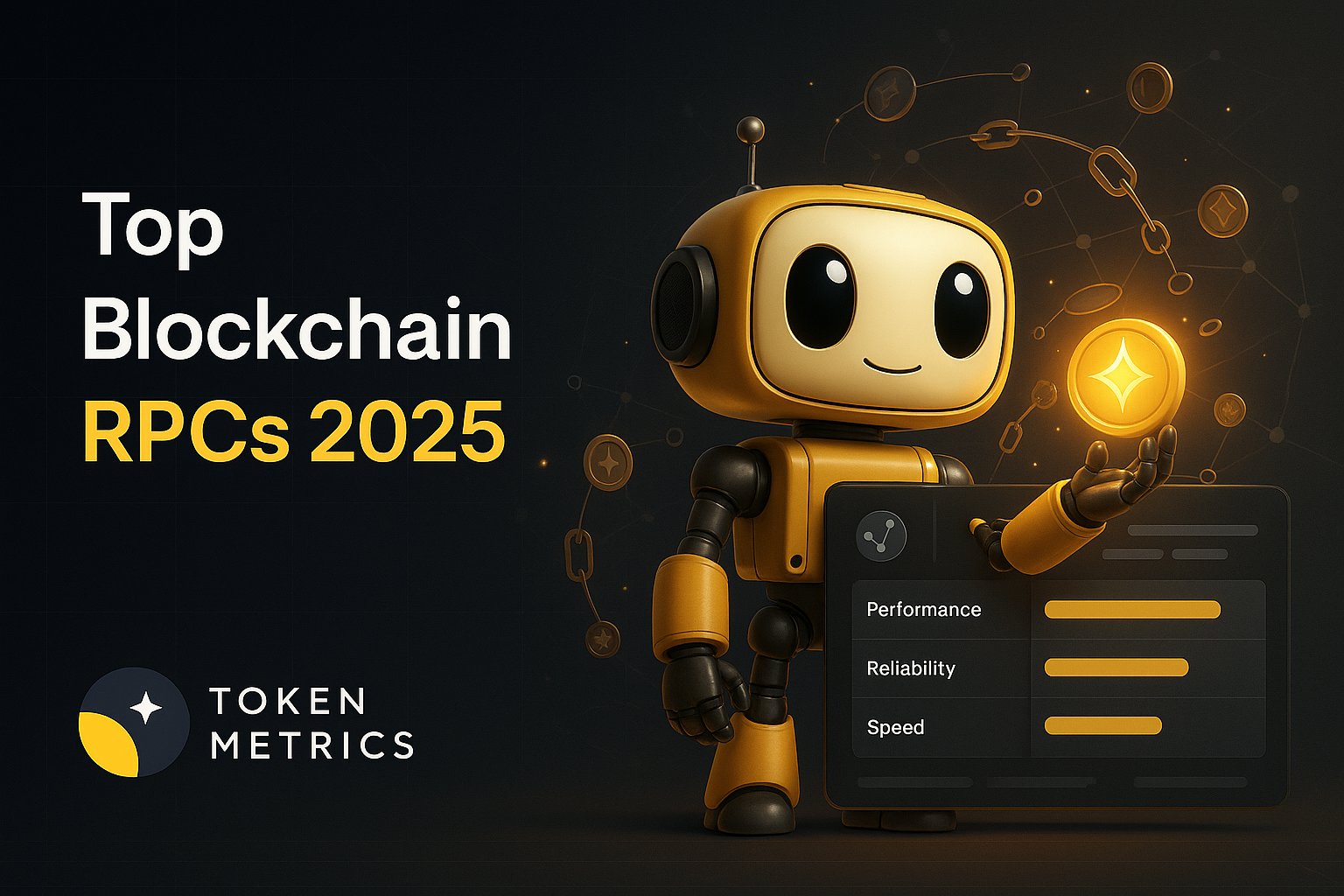


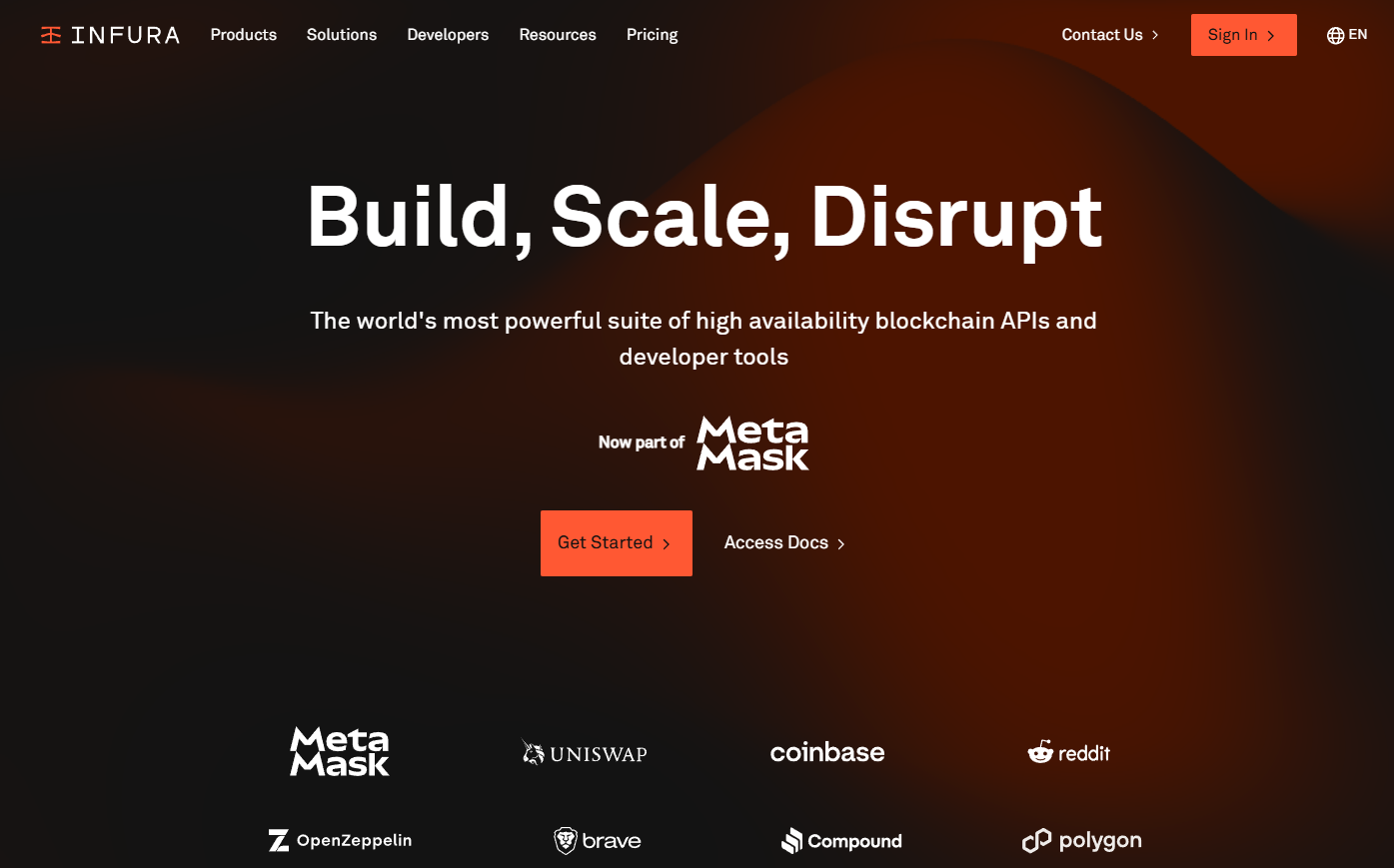
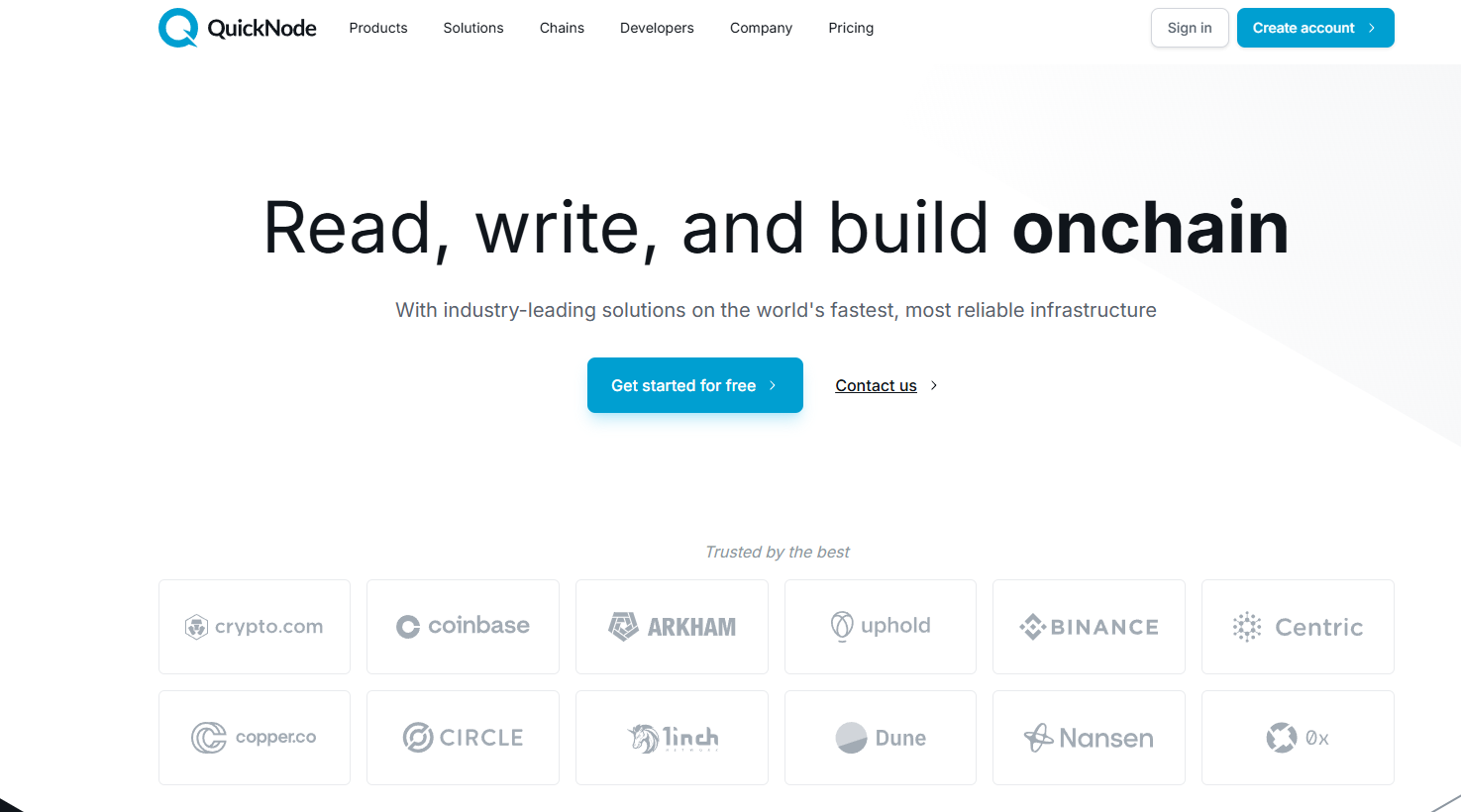



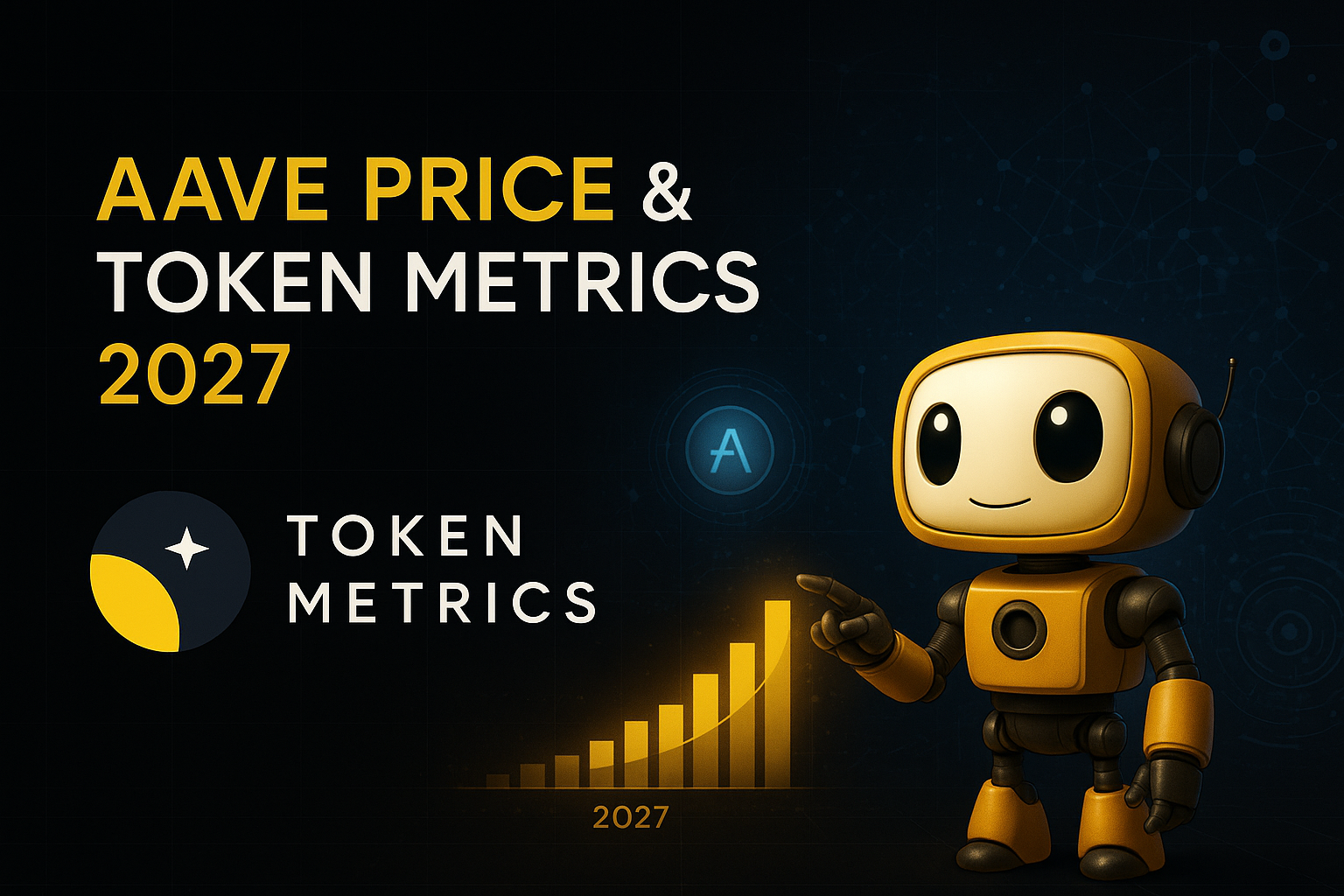

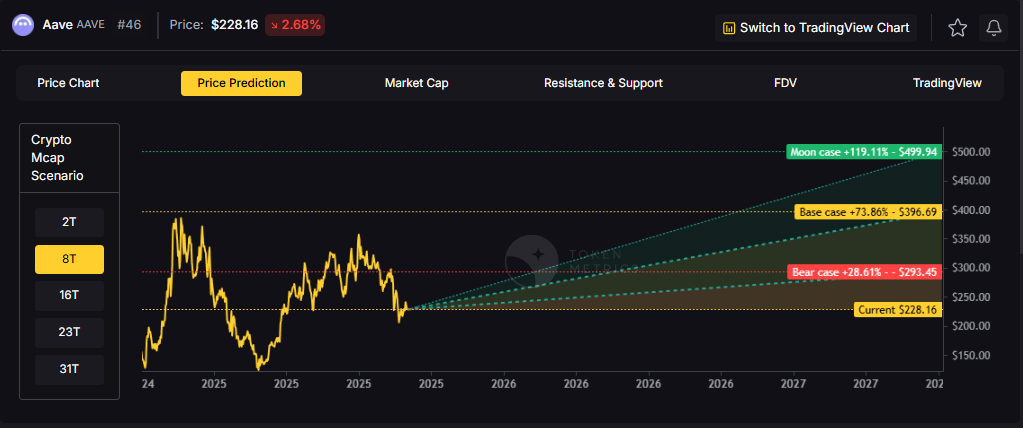
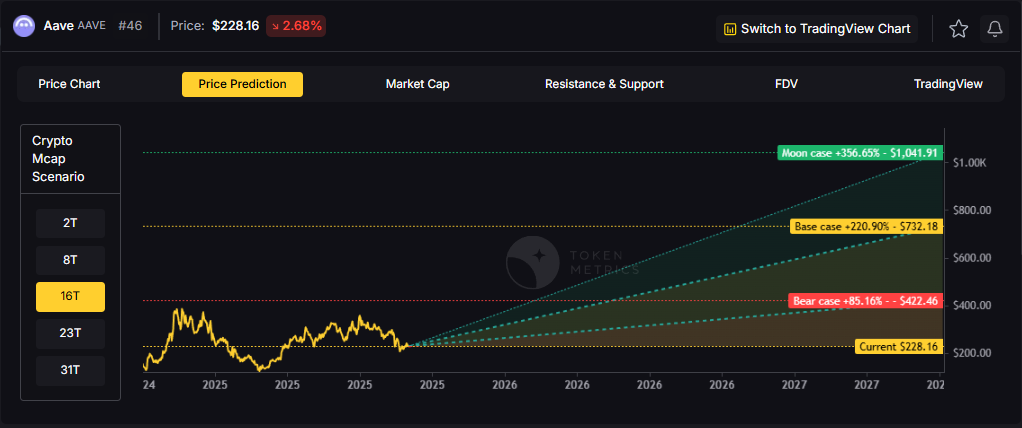



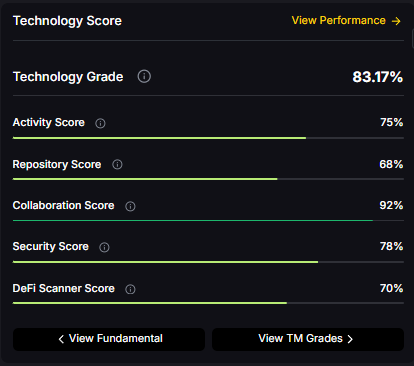
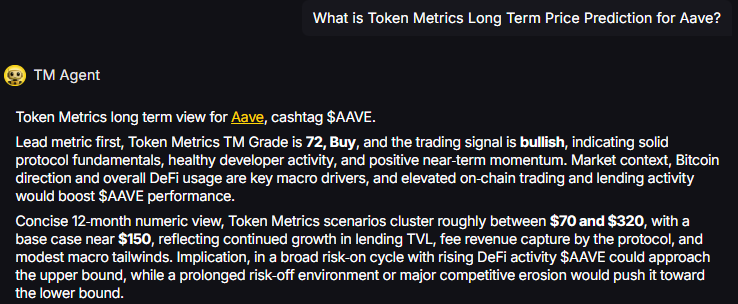
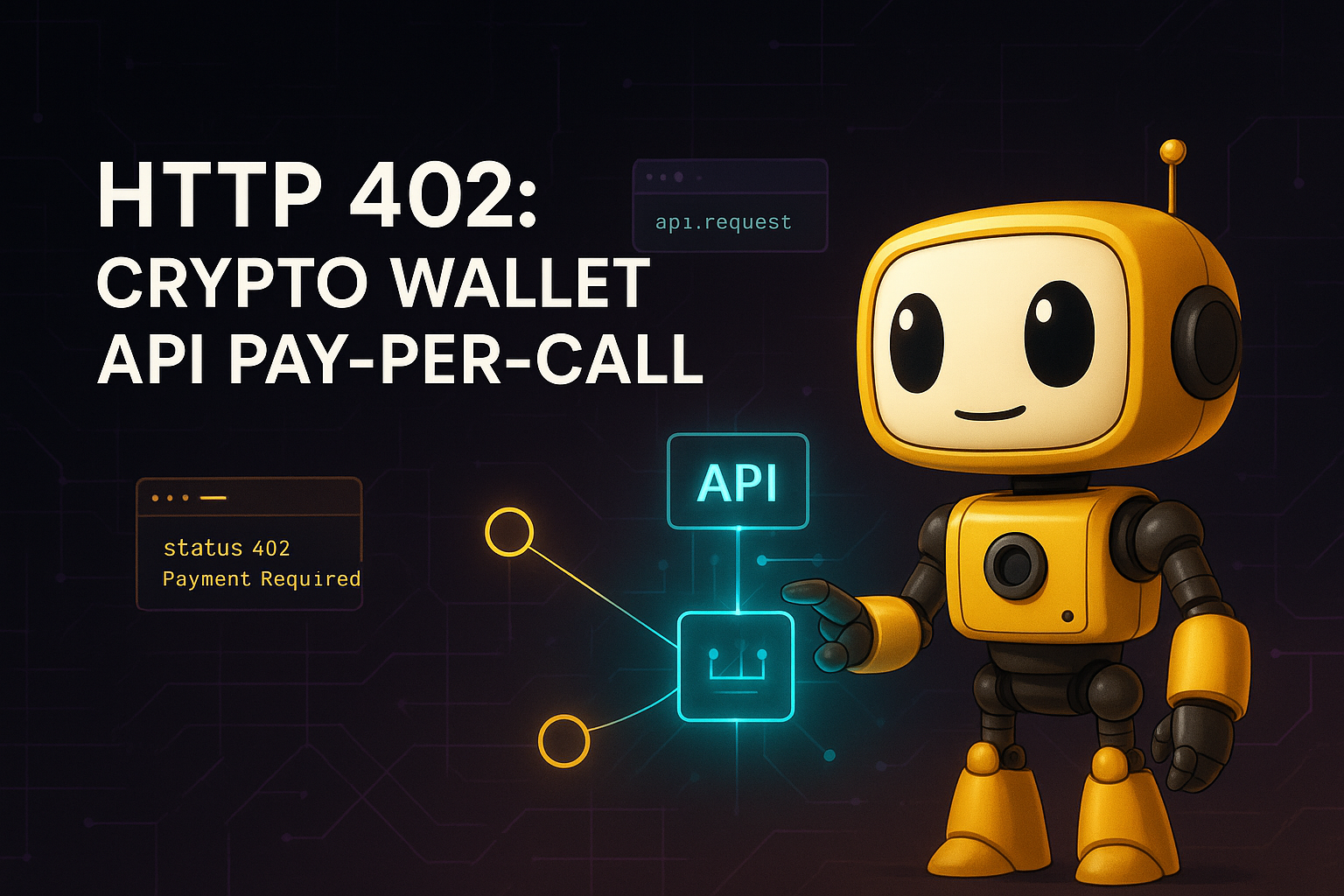


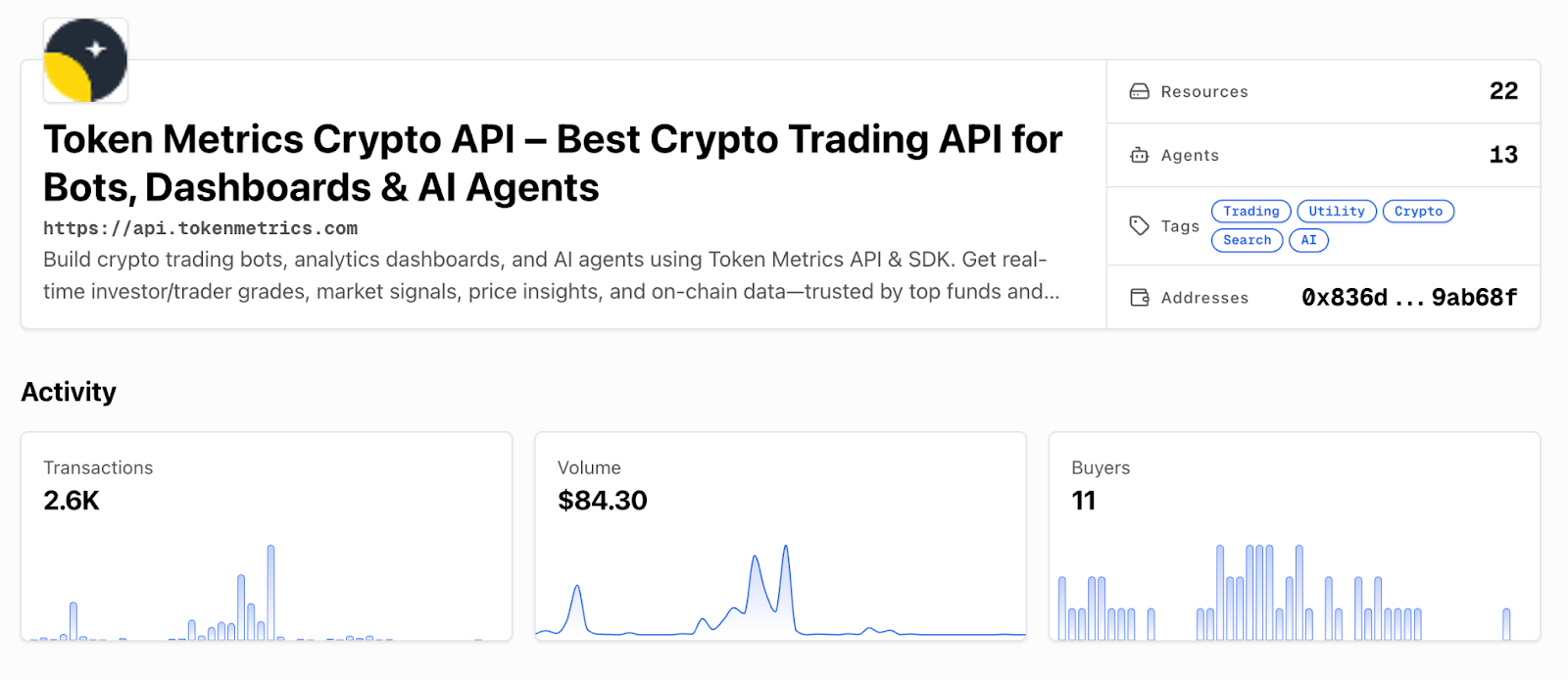

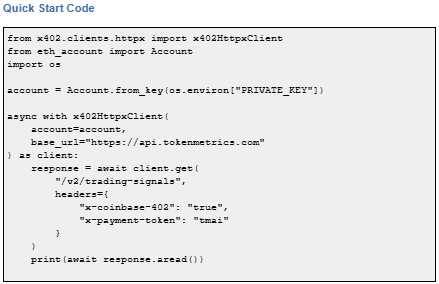



.svg)




.png)